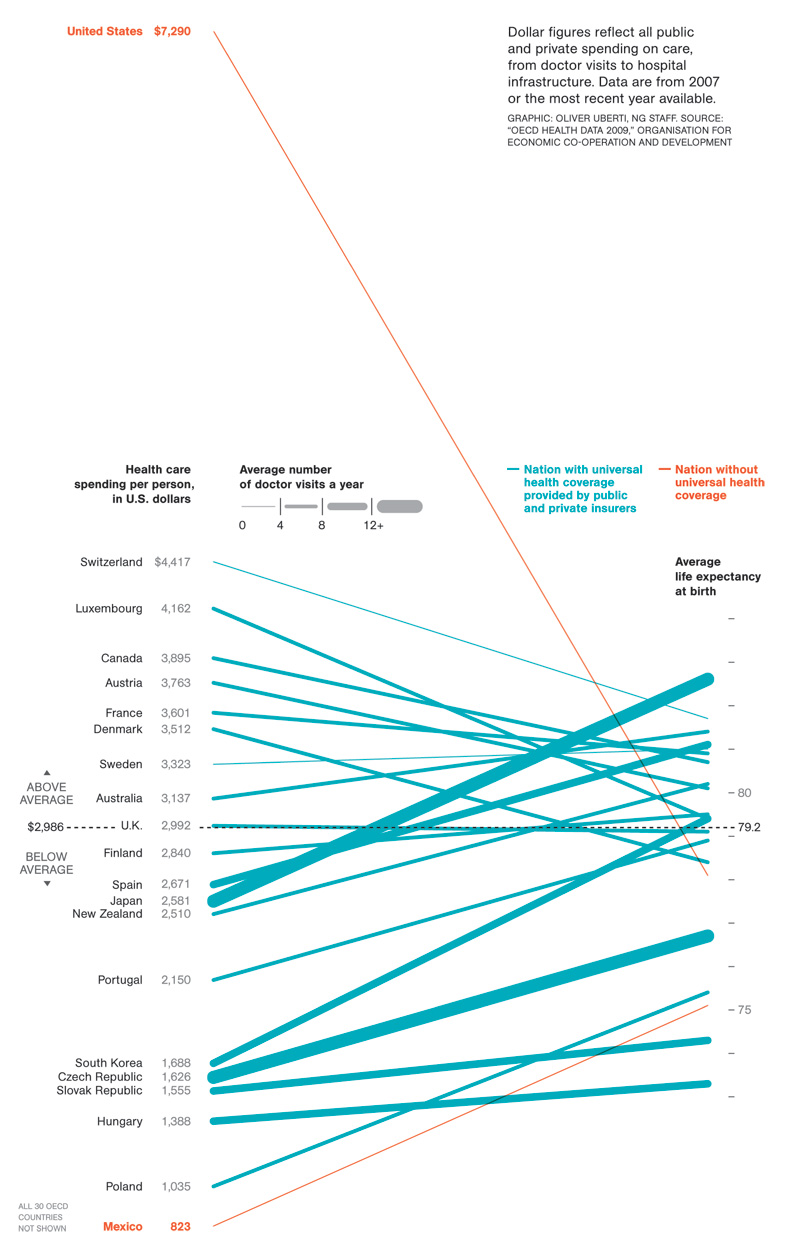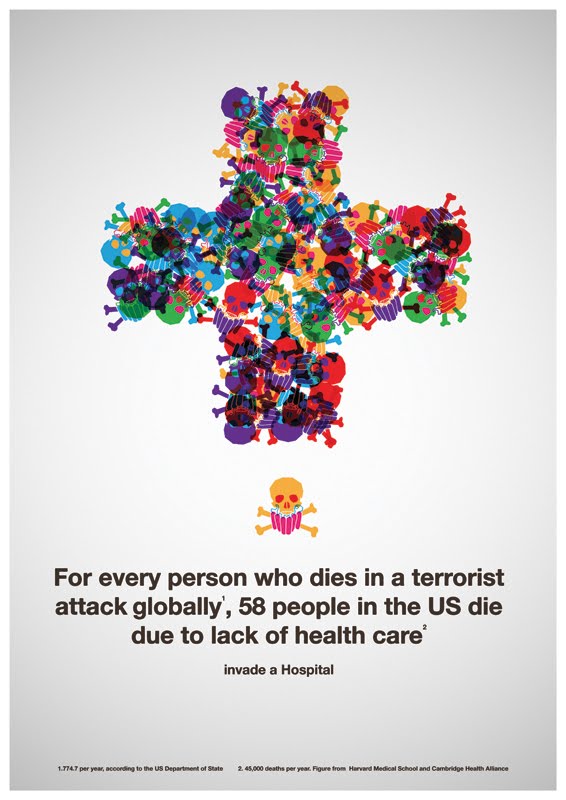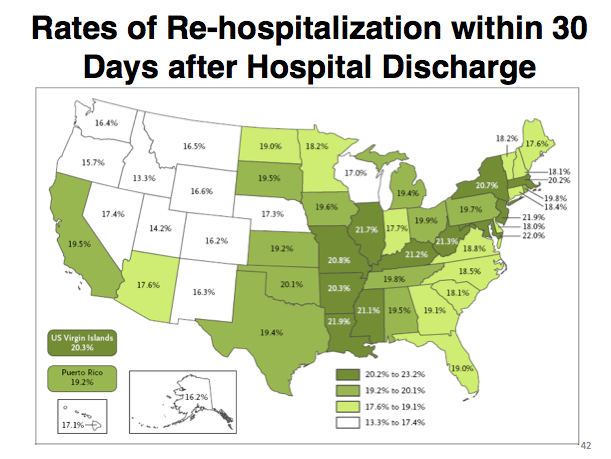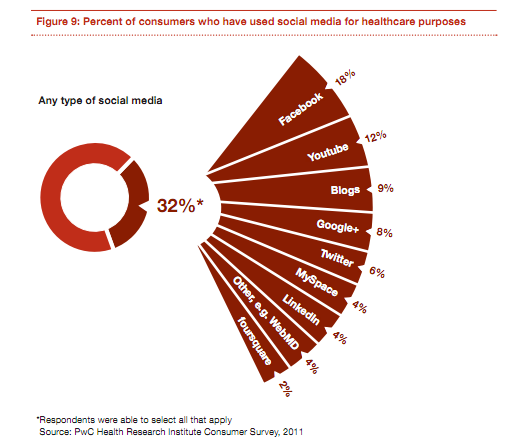US Health: State of the Nation
Guest blog post by: Isabella Woods
Heath care in the US is at a crossroads, despite all the technological advances of recent years. A report from a Healthcare Boot Camp by Dr. Claire Brindis reveals some startling figures.
The US has experienced a marked demographic change. Seniors are living longer and the teens and twenties are doing themselves more harm than ever before. The population has risen by 10% in the last ten years with metropolitan areas growing twice as fast as rural zones. And almost 85% of the population now lives in one of the country’s 366 metropolitan areas. Those seniors over 65 count for 12% of the population currently, a growth of 15% from 2000. While predominantly white, 30% of the nation is made up of one or more other races. More importantly, while the white section of our country has grown by 6% since 2000, many other racial groups have seen increases of up to 43%. California is now home to 1 in 8 of the US population with higher numbers of young people and Latinos compared to the rest of the US.
Top Killers
About 25% of US deaths are related to heart disease and 23% to cancer. That’s almost half of all deaths related to just two causes. Diabetes still kills 3% which is less than accidental deaths (5%). See full list of the top killers here.
Incredibly, lifestyle-related problems account for 59% of deaths. This is clearly shown if you compare the early 1900s with today. Back then, people died of cardiovascular disease, influenza, pneumonia, diphtheria, typhoid and measles. Modern medicines can now prevent most of those problems, but they’ve been overtaken by obesity, diabetes and cancers.
Chronic diseases count for 7 in 10 of the leading causes of death which also accounts for 75% of all US healthcare expenses. Almost half of your fellow Americans live with one chronic disease and 40% have more than one. The video below displays the progression of the growing obesity epidemic in the US which is a high predictor for many of these chronic diseases.
Does Medicare Work?
Back in 2009, Medicare spent 22% of its budget for health care services and supplies. Medicaid and CHIP cost 17% with private health insurance taking the lion’s share at 33%. Some 13% of payments came direct from patient’s own bank accounts as US prescription drugs cost $234 billion.
With the money we are spending our health should be better, but the US is still 30th in the world for infant mortality with 6.5 deaths per 1,000 live births. Life expectancy stands at 78 years; bettered by 8 countries.
The cause of the underlying problems can be seen by the figures: 50 million people are uninsured. Of those that do have cover, 31% work for the government or state with 64% having their own or employers’ packages.
Insurance or Hope?
This stagering fact put out by Schuhle-Lewis delivers stagering consequences to those who are uninsured. Obviously, those without coverage are more likely to be unemployed or have a low income resulting in their health care needs going unnoticed. They are also more likely to miss re-filling prescriptions and have fewer healthcare screening opportunities.
This shouldn’t come as a surprise, but it does; heart disease deaths are 23% more likely to occur in African Americans than Caucasians. They also have a double expectancy of diabetes along with Hispanics, American Indians and Alaska Natives. When you look at AIDS figures, 47% of cases are in the south with 60% of the cases relating to African Americans compared to 23% for Caucasians and 14% Hispanic.
http://commons.wikimedia.org/wiki/File:Tobias-AIDS-test.jpg
Medical errors number 44,000 – 98,000 deaths a year. The additional care will lose $17-29 billion a year.
Going back into hospital within 30 days of being released is at an unacceptable 20% across the eastern states and closer to 15% in the western states. 20% of Medicare patients were re-hospitalized within 30 days and 34% inside 90 days causing costs of $17.4 billion. It’s no wonder the government’s current bank accounts are so unhealthy.
Technology may be the answer to lowering these figures. Some 79% of doctors already use mobile devices resulting in 61% checking reference material and 39% for point of care decision making. Cell phones also have their potential uses for photographing for diagnosis, glucose meters, chronic care, and more. In addition, to cell phones other means of social media have started to be used by consumers for healthcare needs. Below represents use of social media in consumers for health reasons.



